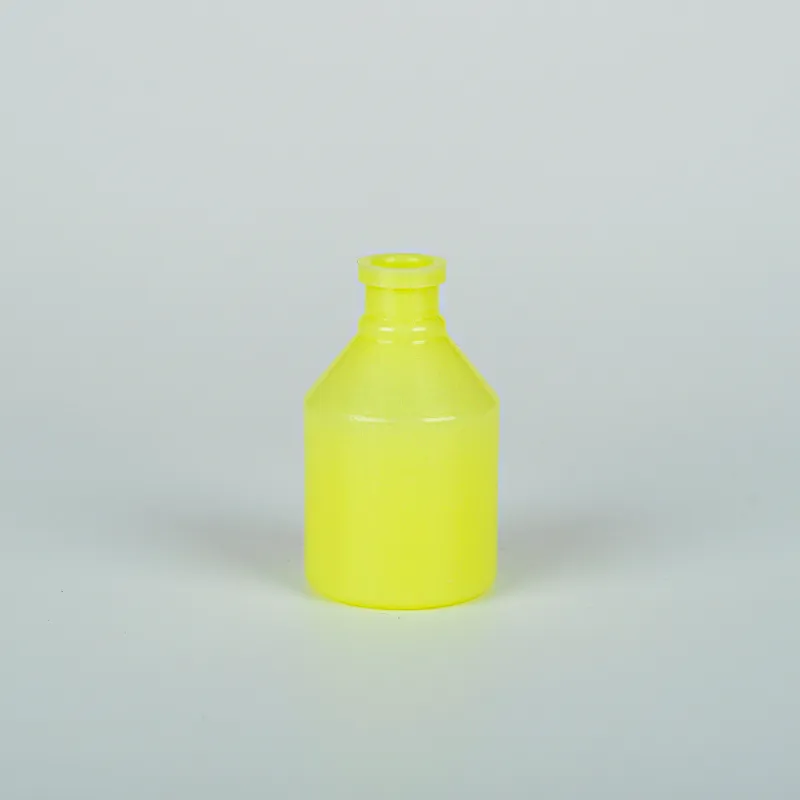petri dish 150 x 15mm
The Versatility of the 150 x 15 mm Petri Dish in Scientific Research
The Petri dish, a shallow glass or plastic dish with a lid, is a cornerstone of laboratory practices in various scientific fields. One particular size, the 150 x 15 mm Petri dish, has garnered attention for its versatility and functionality in microbiology, cell culture, and molecular biology. Understanding the significance of this specific dimension not only highlights its applications but also emphasizes the evolution of laboratory techniques that rely on such an essential tool.
Historical Context
The invention of the Petri dish is credited to German bacteriologist Julius Richard Petri in the late 19th century. This simple yet revolutionary design facilitated the culturing and observation of microorganisms. Over the years, the dimensions and materials used for Petri dishes have evolved, with the 150 x 15 mm variant becoming a standard due to its ample surface area and depth, making it ideal for various applications.
Microbiology Applications
In microbiology, the 150 x 15 mm Petri dish is primarily used for cultivating bacteria and fungi. The larger surface area allows researchers to inoculate multiple samples or to apply several dilutions of a substance to observe variations. This dimension is particularly advantageous for the streaking method, which involves isolating colonies from a mixed culture. Additionally, the depth of 15 mm provides sufficient space for agar gel, which supports the growth of microorganisms while preventing them from dry out too quickly.
This size is also beneficial for antimicrobial susceptibility testing. Researchers can introduce antibiotic-impregnated discs onto the agar surface and measure the zones of inhibition to determine the effectiveness of different antibiotics. The results not only contribute to understanding the microbiome but also play a critical role in clinical settings where antibiotic resistance is a growing concern.
Cell Culture
petri dish 150 x 15mm

In cell culture, the 150 x 15 mm Petri dish is favored for its versatility in growing various mammalian cell types. The larger area allows for the cultivation of a higher number of cells, which is essential for experiments that require a significant cell yield. For instance, when performing transfections or drug treatments, researchers need ample cells to ensure reliable and reproducible results.
The design also facilitates the examination of cell behavior under various conditions. Scientists often coat the surface with extracellular matrix proteins to study cell adhesion, proliferation, and differentiation. The 15 mm depth provides a stable environment for cells, reducing the risk of contamination and evaporation during extended experiments.
Innovations and Adaptations
Interestingly, the 150 x 15 mm Petri dish has seen innovations in its design and materials. Traditional glass dishes are being replaced by disposable plastic alternatives that reduce the risk of contamination and save on cleaning time. Additionally, advancements in materials have led to the development of dishes with surface treatments that promote specific types of cell adhesion, allowing researchers to customize their experimental setups further.
Moreover, with the rise of high-throughput screening and automation in laboratories, modifications to the standard Petri dish design have emerged. Innovative features include integrated wells for multi-sample testing and compatible designs for robotic systems. These adaptations maintain the core functionality of the 150 x 15 mm format while enhancing efficiency and throughput in research settings.
Conclusion
The 150 x 15 mm Petri dish represents a fundamental yet versatile tool in scientific research. Whether in microbiology or cell culture, its applications are vast and critical for progressing our understanding of life sciences. As laboratory techniques continue to evolve, the Petri dish will undoubtedly remain at the forefront, symbolizing the quest for knowledge and innovation in the biological sciences. With ongoing advancements in materials and design, this simple dish will likely adapt and thrive, enabling researchers to push the boundaries of what we know about the microscopic world.
-
Aesthetic Makeup Spray Bottles | Fine Mist Empty RefillableNewsAug.19,2025
-
White Plastic Veterinary Vaccine Vials | Lab Liquid BottlesNewsAug.18,2025
-
Plastic Medicine Liquid Bottle: Secure Flip Top Drug VialsNewsAug.17,2025
-
Durable 250ml Blue Plastic Vaccine Vial for Lab & Vet UseNewsAug.16,2025
-
Sterile Virus Sample Tubes: Secure & Reliable Specimen CollectionNewsAug.15,2025
-
White 250ml Plastic Vaccine Vial for Lab & Vet MedicineNewsAug.14,2025
























